*This article contains promotional material.
*The images and quotes in this article are used for the purpose of introducing the work. Copyright belongs to the author and publisher.
- The purpose of this article
- basic information
- Introduction
- Synopsis
- The charm of the characters
- Mountains are a classroom that teaches us about impermanence and dignity
- 1) Impermanence and Repetition: Don’t defeat nature, but don’t turn your back on it either
- 2) Ethics of Rescue: Sincerity without turning it into a hero story
- 3) The meaning of "You did a good job": Focusing on the process rather than the result
- 4) Community learning: Supporting individual challenges with multiple shoulders
- 5) Preparation and Limitations: Safety is "a way to continually reduce the probability"
- 6) The two sides of life and death: Nature is cruel and beautiful at the same time.
- Imagery and atmosphere
- Memorable scenes
- Recommended for:
- Similar works
- Q&A
- summary
- Purchase Link
- Other works by the author
- Related articles
The purpose of this article
"Gake" (by Shinichi Ishizuka) is a monumental mountain manga set in the Northern Alps. It is a moving story that depicts "life and death" and "humans and nature" as seen from the scene of a rescue. Let's think together about how we should approach nature.
basic information
Title: "Gake"
Author: Shinichi Ishizuka
Genre: Sports, Daily Life
Published in: "Big Comic Original" (Shogakukan)
Number of volumes: 18 volumes (complete)
Introduction
The author later had a huge hit with the music-themed novel "BLUE GIANT," but "Take" is the work that could be said to be the origin of that work, as it directly depicts "humans and nature, and life and death."
The protagonist of this work is Shimazaki Sanpo, a legendary climber who has conquered mountains around the world, and currently works as a mountain rescue volunteer, mainly in the Northern Alps. Rather than a glamorous tale of adventure, the story focuses on the relationship between mountains and humans, and realistically depicts rescues for stranded people, the psychology of climbers, and the harshness and kindness of the mountains.
"Quiz. Do you know what you can throw away in the mountains without getting in trouble?"
"Everything except trash and life"
↑Quoted from the story.
It really shows respect for Sanpo's life and the mountains.
These are words that come from having lived with the mountains.

It's packed with the comfort, gentleness, harshness, and cruelty of the mountains.
There's a story for every climber
Synopsis
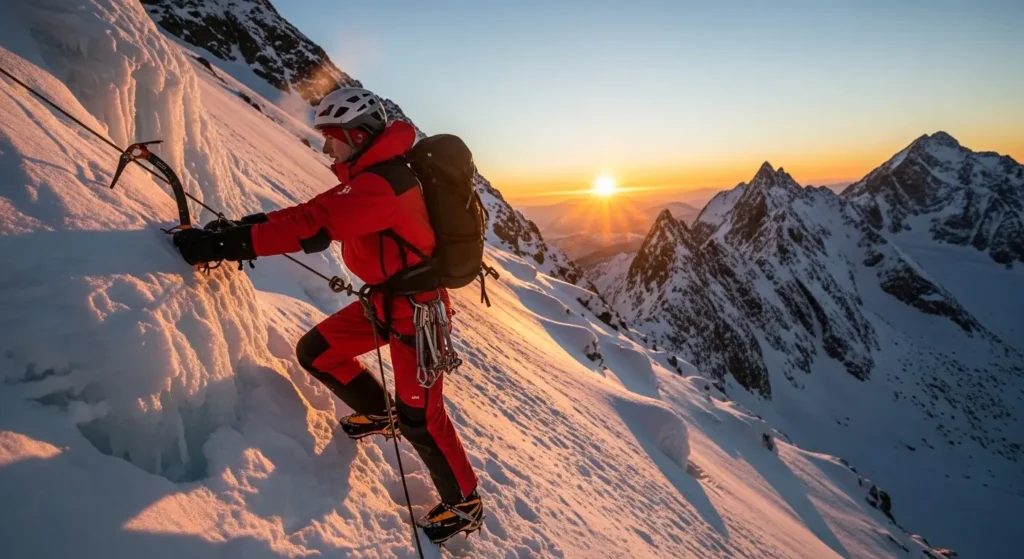
The story unfolds through rescue missions in the Northern Alps. Shimazaki Miho is a man who always has a smile on his face and warmly greets fellow climbers and his teammates with words of encouragement like, "You did a great job." However, behind this is a past of numerous disasters, the deaths of teammates, and facing the cruelty of nature.
He boldly dives into dangerous situations such as avalanches, blizzards, and falling rocks to save the lives of climbers. Sometimes he is unable to save a life, and each time this happens he is overcome with conflict and a sense of powerlessness, but he remains firm in his belief that "mountains are wonderful."
The story is also enriched by the interactions between Sanpo and the rescue team members who support him, as well as the young people who admire him and take on the challenge of climbing the mountains. By depicting the backgrounds and personalities of each climber, the manga is highly acclaimed not just as a mountain manga, but as a "human drama."
The charm of the characters
Shimazaki Miho
He is the protagonist and central character of the work. Although he has a bold and cheerful personality, he knows the terror of the mountains better than anyone. His famous line, "You did well," is deeply engraved in the hearts of readers. Even though he is in a position where he may witness death, he is charming in that he never gives in to despair and never loses sight of the "joy of living."
Kumi Shiina
A woman who is a member of the rescue team. As she observes Sanpo's activities up close, she is influenced by his way of thinking and his strength. The story is portrayed realistically as she wavers between her professionalism and the conflicts of a human being.
The survivors
The presence of the lost climbers and climbers who appear in each episode is also an important element that shapes this work. Their motives and backgrounds vary, from reckless climbing to lack of preparation to a challenge seeking a turning point in life. The careful story given to each individual character adds depth to "Take."

Be sure to prepare well for the snowy mountains
The mountain's appearance changes frequently
Take care of your life
Mountains are a classroom that teaches us about impermanence and dignity
1) Impermanence and Repetition: Don’t defeat nature, but don’t turn your back on it either
Mountains do not wait for human convenience. The weather changes, the terrain collapses,Yesterday's common sense is today's emergency"Gaku" is not about "overcoming nature"A way of life that makes peace with impermanenceSanpo's smile is based on the knowledge that impermanence is inevitable.positiveis.
2) Ethics of Rescue: Sincerity without turning it into a hero story
Rescue success or failureA heavy actIn the story, the "justice of the helpers" is not glorified,Risk assessment, withdrawal decision, and unit safetyDraw repeatedly.Professional EthicsThere is.
3) The meaning of "You did a good job": Focusing on the process rather than the result
The three words of the three steps, which are directed equally at the dead and the living, are not about the right or wrong of the outcome,Respect the journey that led you thereIt is an expression of attitude. It resonates as a word that protects human dignity.
4) Community learning: Supporting individual challenges with multiple shoulders
The mountains are a stage for solo adventures, but rescues are alsoCommunity workThe film depicts the coordination of communication, transportation, and decision-making, and conveys the view of humanity that "even if you climb alone, you are not alone."
5) Preparation and Limitations: Safety is "a way to continually reduce the probability"
Equipment, weather judgment, and courage to retreat. Safety isZero RiskInstead,Stacking to reduce probabilityThrough fiction, readers can learn about real mountaineering ethics (preparation, information, techniques, physical strength, and retreat).
6) The two sides of life and death: Nature is cruel and beautiful at the same time.
Even when faced with a life that cannot be saved, we do not deny the beauty of the mountains.Sadness and longing coexistThis perspective elevates the work beyond "consumer-oriented emotion."
Imagery and atmosphere
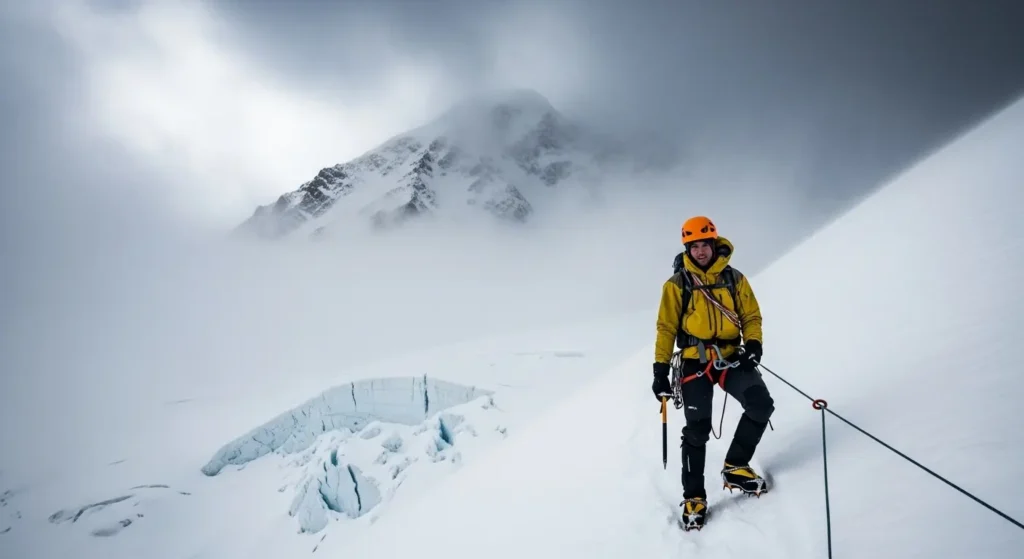
Ishizuka Shinichi's illustrations strike a good balance between realism and simplicity. The mountain scenes are meticulously depicted, and the cold air of the snowy mountains and the power of the cliffs seem to come through the pages. Meanwhile, the characters are drawn with soft lines, giving them a human-like warmth. This contrast highlights the contrast between "harsh nature and warm-hearted people."
The overall atmosphere is well balanced between serious rescue scenes and warm everyday interactions, drawing the reader in naturally.
Memorable scenes
There are many memorable scenes in "Take," but one of the most memorable is Sanpo's words to the lives he couldn't save. He never blames the crying family members and friends, saying, "It's your fault," but instead says, "You did a great job," and "You made it to the top." These words are not merely comforting, but resonate deeply as they express respect for the dead and hope for the living.
Also, the scene in which Sanpo looks up at the mountain in between rescue missions and mutters, "Mountains are truly amazing," is an unforgettable scene for many readers.

Food in the mountains is delicious
Food is the driving force behind life
Recommended for:
- People who like mountain manga and nature-themed works
- People looking for a moving human drama
- People who want to feel a positive message even in serious situations
- People who are interested in mountain climbing and the outdoors
- People who want to think about the reality of life and death
Similar works
- "The Summit of the Gods" (Baku Yumemakura and Jiro Taniguchi)
This work can be considered a monumental work in mountain literature, depicting a more profound and philosophical view of the mountains. - "The Solitary Man" (Shinichi Sakamoto)
This fictional story is based on a real mountaineer and depicts the extremes of loneliness and challenge. - “BLUE GIANT” (Shinichi Ishizuka)
A jazz manga by the same author. Though the genres are different, they share the same approach of depicting "challenge and growth."
Q&A
Q1: Can I enjoy it even if I have no mountain climbing experience?
A1: Yes. There are some technical terms, but the explanations are thorough and the story is centered around human drama, so it's easy to read even for beginners.
Q2: Are the rescue scenes realistic?
A2: It's very realistic. Many of the scenes are based on actual mountain rescues, so it's realistic and tense.
Q3: Are there many happy endings?
A3: Not necessarily. In fact, there are many depictions of "lives that cannot be saved." However, the appeal of this work is that it finds hope in the midst of all of this.
summary
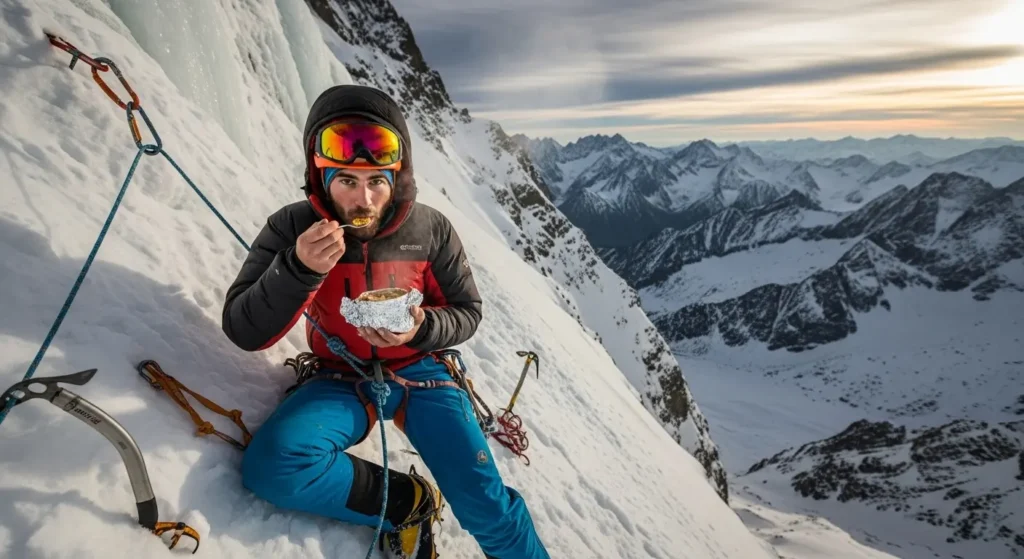
"Gake" is not just a manga about mountain climbing, but a work that depicts how humans confront nature and how they accept death. The character of Shimazaki Miho has the power to make readers think, "Can people really be this kind and strong?"
"Take" is a masterpiece that depicts universal human themes through the unique setting of mountain rescue.

Mutual support between people.
There is a drama that makes you think through mountain climbing.
If you like this manga, check out the purchase link below!
Purchase Link
Other works by the author
- "BLUE GIANT" series
This jazz-themed manga has been acclaimed worldwide, and shares the same theme as "Gake" in that it depicts challenge and passion. - Master Ground(Short story)
This is an early work and is interesting for learning about Shinichi Ishizuka's brushwork.
Related articles
I write articles related to mountains.
Please check it out 👇
▶ "Mountains, Appetite, and Me" - How to Enjoy Mountain Climbing from a Solo Female Climber
▶ "Zatsu Tabi" - Enjoy the joy of traveling casually with our readers
.jpg)
.jpg)
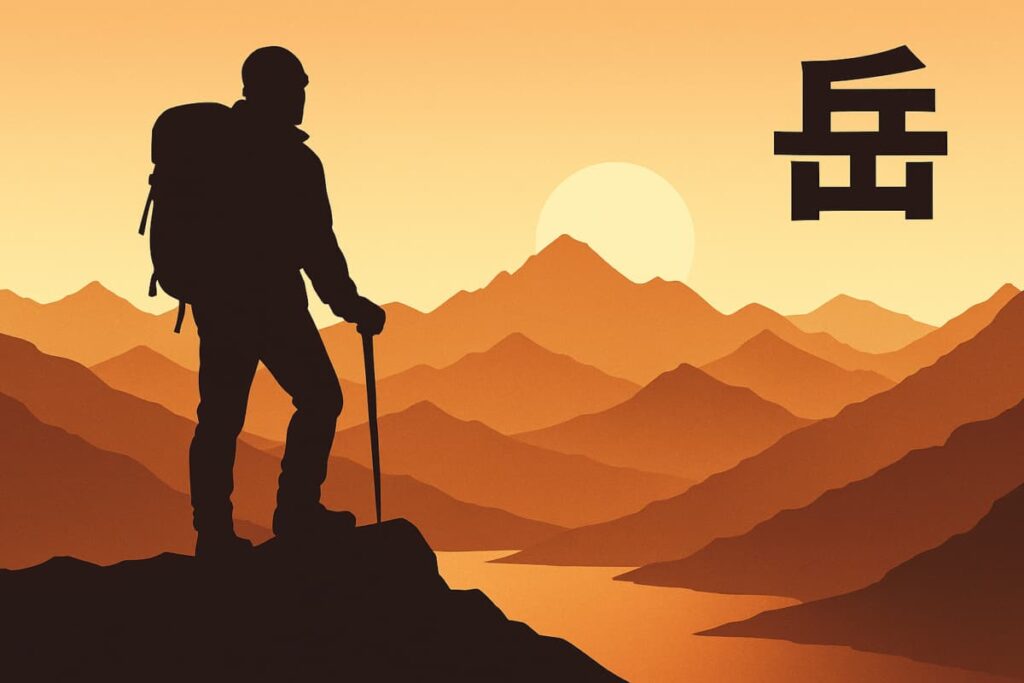


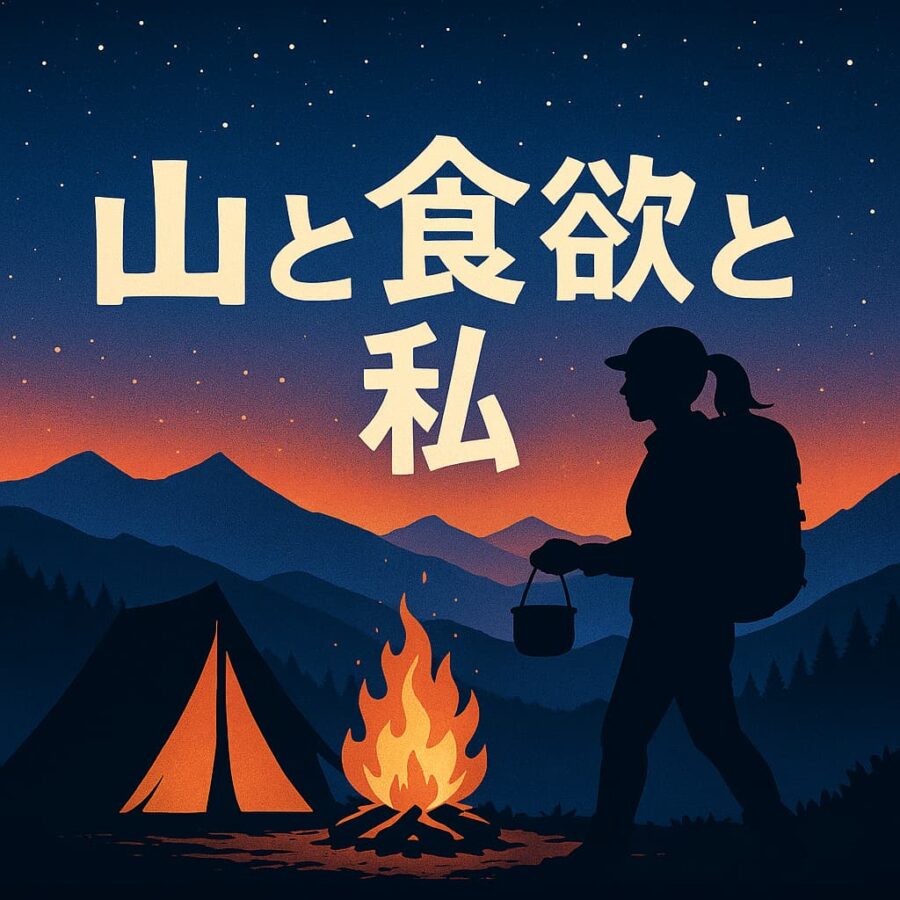
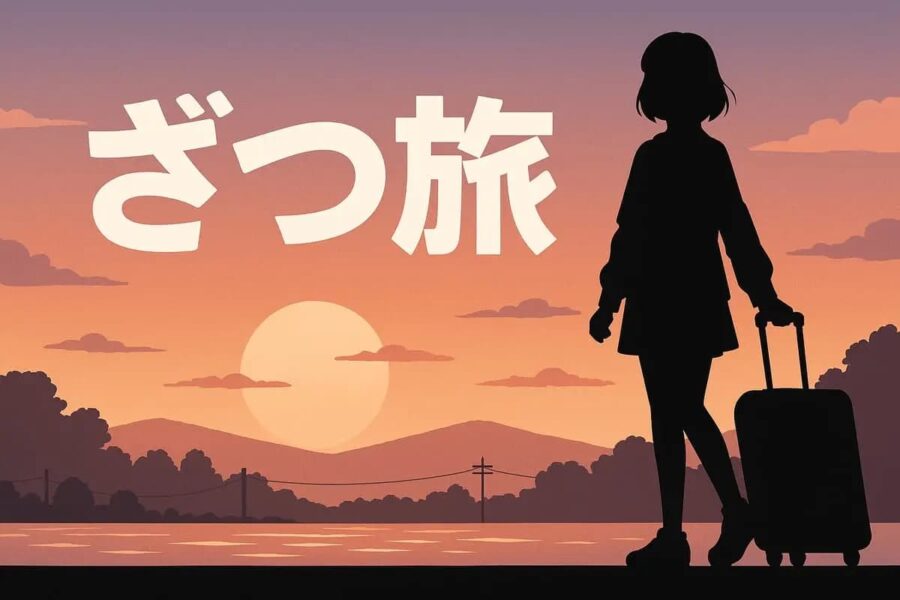


comment